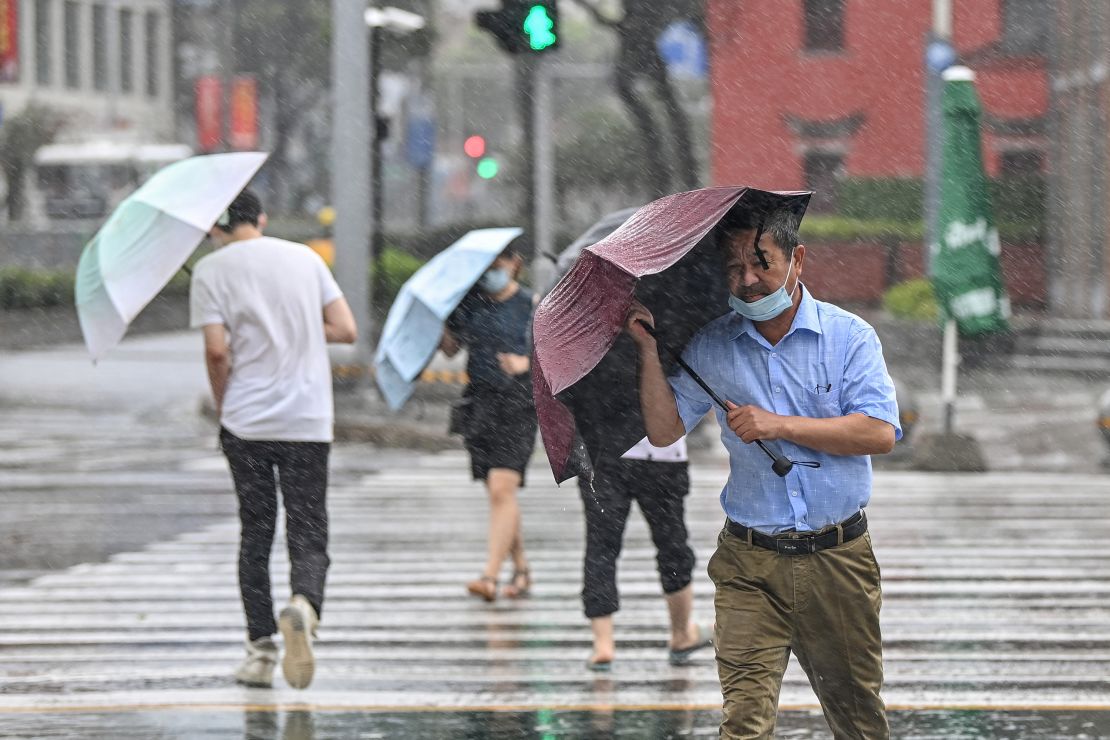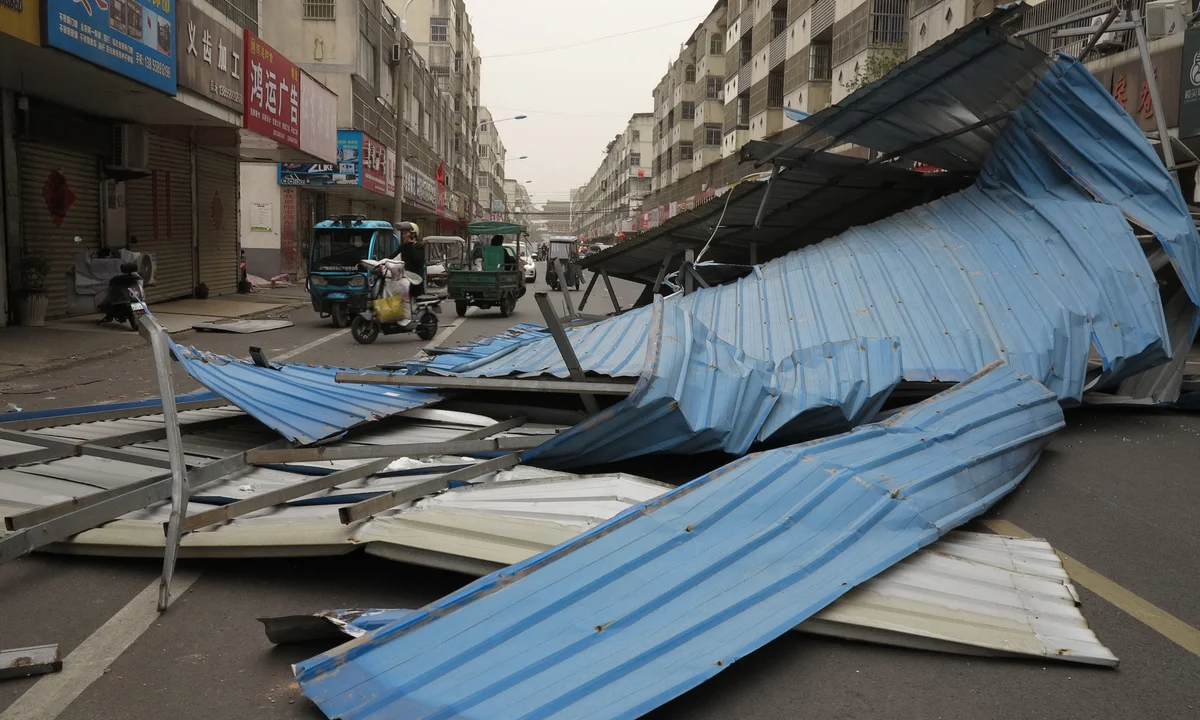Northern China experienced unprecedented weather chaos in April 2025 when a massive cold vortex system from Mongolia unleashed the most powerful April winds the region had witnessed in decades. The extraordinary weather event, which unfolded from April 11-13, brought hurricane-force gusts reaching up to 150 kilometers per hour and created widespread disruption across multiple provinces.
Beijing, home to 22 million residents, bore the brunt of the storm as authorities issued their first orange-level wind alert in a decade – the second-highest warning tier on China’s four-level scale. The meteorological phenomenon transformed what should have been a calm spring weekend into a scene of flying debris, grounded aircraft, and dust-filled skies, forcing millions to shelter indoors while emergency services scrambled to manage the unprecedented crisis.
Meteorological Marvel: Understanding the Cold Vortex
The devastating windstorm originated from an intense cold vortex system that formed over Mongolia before sweeping southward across northern China. This meteorological phenomenon occurs when a massive, swirling system of frigid air breaks away from polar regions and clashes with warmer air masses, creating violent weather patterns.
The timing proved particularly destructive as the vortex arrived during spring transition, when northern China was experiencing warming temperatures. The collision between lingering winter air and emerging spring conditions triggered severe atmospheric instability, generating the record-breaking wind speeds that would define this historic weather event.
Record-Breaking Wind Speeds and Widespread Alerts
The China Meteorological Administration confirmed that wind speeds at observation stations approached or even surpassed historical records for the same period, dating back to 1951. Some areas recorded gusts exceeding 167 kilometers per hour, with Beijing experiencing winds classified as level 11 to 13 on China’s 17-level wind scale – capable of causing “serious damage” to “extreme destruction”.
The meteorological service issued multiple warnings across the affected regions, with Beijing’s orange alert marking the first such high-level wind warning in the capital for nearly a decade. State media even cautioned that individuals weighing less than 50 kilograms could be “easily blown away” by the powerful gusts.
Transportation Networks Paralyzed

The aviation industry faced severe disruption as the storm grounded hundreds of flights across northern China. Beijing’s two major airports – Capital International and Daxing – canceled 838 flights by Saturday afternoon, leaving thousands of travelers stranded. One businessman from Zhejiang province told Reuters, “Because of the severe winds, all flights scheduled for last night and today were canceled.
I’m now basically stranded in Beijing”. Railway services also suffered extensive suspensions, with high-speed rail lines particularly affected due to their exposure on open tracks. Fifteen elevated rail transit lines in Beijing announced partial suspensions as authorities prioritized passenger safety over operational continuity.
Urban Infrastructure Under Siege
The powerful winds wreaked havoc on Beijing’s urban land, toppling nearly 300 trees and damaging 19 vehicles throughout the capital. Emergency crews deployed 29,629 personnel and 4,394 vehicles to clear 1,202 uprooted trees and 4,336 large broken branches across the city.
The storm’s destructive force extended beyond Beijing, with reports of rooftops and glass windows being torn from buildings in Shanxi and Henan provinces. Gas stations across the capital temporarily suspended refueling services, while shopping malls offered free parking and temporary shelter for affected residents.
Cultural Sites and Events Postponed
Beijing’s most iconic tourist attractions closed their doors to protect visitors from the dangerous conditions. The Forbidden City, Summer Palace, Temple of Heaven, Beijing Zoo, and Universal Studios theme park all suspended operations throughout the weekend.
The storm even forced the postponement of a highly anticipated half-marathon scheduled for Sunday, which was set to feature humanoid robots racing alongside human participants to showcase China’s technological advancement. This unique event, designed to highlight the country’s robotics capabilities, was rescheduled for the following week due to safety concerns.
Climate Change Implications
The extreme weather event occurred against the backdrop of China’s ongoing climate challenges. As the world’s largest emitter of greenhouse gases, China has experienced increasingly frequent and intense extreme weather events. The Third National Assessment Report on Climate Change found that average annual temperature increases in China since 1909 have exceeded the global average, rising 0.9-1.5°C per century.
Climate experts warn that such extreme weather phenomena may become more common as global warming accelerates, with the frequency and intensity of extreme precipitation and wind events expected to increase across the country.

